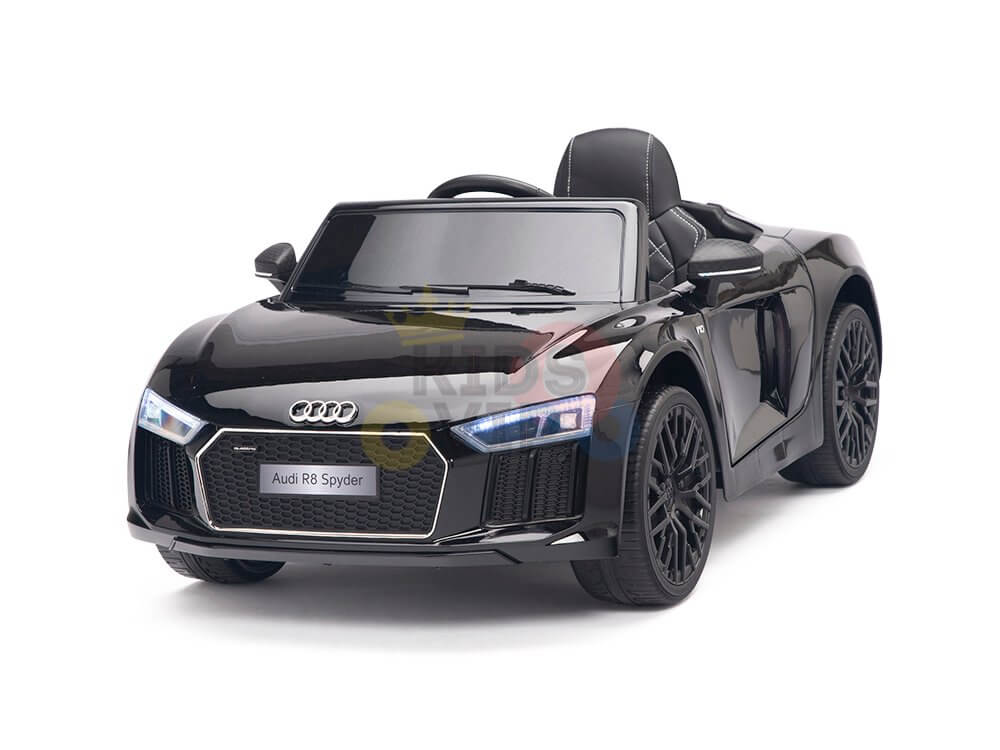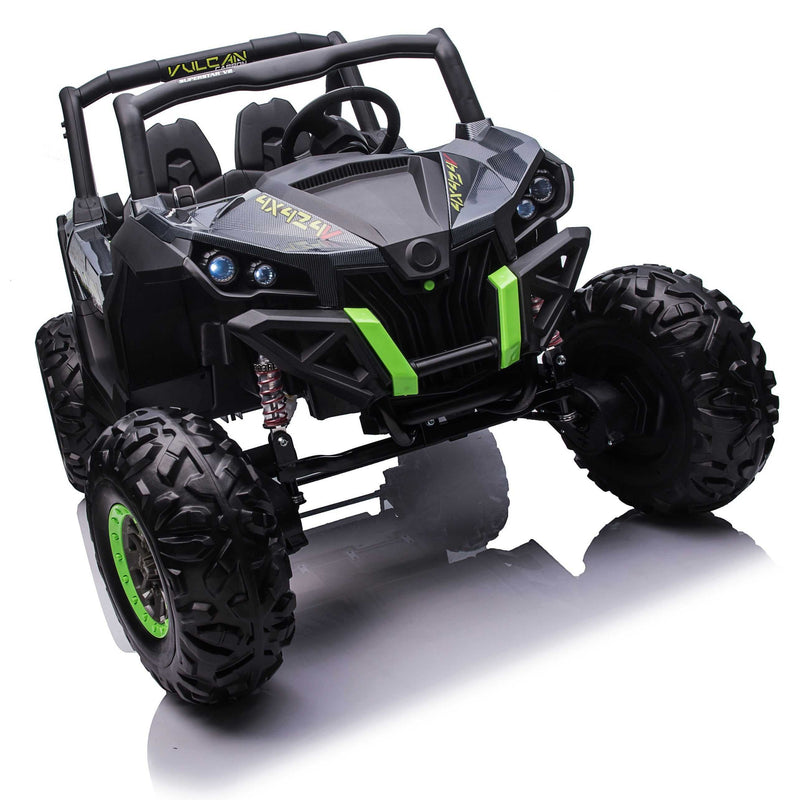Excellent Ideas For Selecting Electric Kids Cars
Excellent Ideas For Selecting Electric Kids Cars
Blog Article
What Safety Features For Ride-Ons Should I Consider? Pros And Cons
It is essential to think about safety features when you are choosing the best car for your children. These will help to keep them safe and entertained while playing. Seat Belts are one of the most crucial security features to consider.
Pros: Seat belts are a great way to keep your child safe in their ride-on car. They reduce the chance of him slipping out during play or being ejected. They offer an extra layer of protection, especially during turns or sudden stops.
Pros - Some ride-on vehicles might not have seat belts, specifically those made for children younger than. Children may be able to find seat belts be uncomfortable or restricting which can cause them to reject or resist using them.
Sturdy Construction
Pros- A sturdy ride-on car that is made from high-quality materials and durable components is more resistant to damage. It provides long-term security. It can withstand all the playtime rigors and still provide stability.
Pros - Sturdy materials can be costly and may not be affordable for some families. Furthermore, the heavier materials could impact the maneuverability and portability of the ride-on car.
Low Center of Gravity
Pros - Ride-on cars with a low center of gravity are less susceptible to tipping over, reducing the risk of accidents and injuries. They offer greater stability and more balance, especially during turning and maneuvers.
Pros - Ride-ons that have low center-of-gravity could sacrifice ground clearance in order to be off-road capable. This can limit the rider's versatility.
Remote control for parents
Pros- Ride-on cars which are remotely controlled allow parents to supervise and direct their child as they play. This provides an additional layer of security and safety. Parents can avoid collisions, aid in an emergency situation, or navigate tricky terrain.
Cons - Parental remote control may hinder a child's independence as well as independence and freedom to play, as they'll rely on the guidance and help of their parents during play. Moreover, the price of remote-controlled ride-on cars can be higher than that of manual ones.
Speed Limiters -
Pros: Ride-ons equipped with speed limiters and adjustable speed settings allow parents to decide on the maximum speed for their car. This reduces the possibility of a crash or collision. They can gradually increase the speed as the child develops confidence and mastery.
Cons - Some children may outgrow the lower speed settings quickly, leading to frustration or discontent with the ride-on vehicle. Speed limiters may not be offered on all models, or they may require extra features or additional accessories.
Safe Start Technology -
Safe start technology decreases the chance of sudden lurches and jerks which could startle or even destabilize a child. It makes riding more enjoyable and safer.
Cons – Ride-ons that come with safety-start technology may be more costly. Furthermore, some kids may feel that slow acceleration and deceleration is not as enjoyable or thrilling than instant starting and stopping.
Visibility Enhancements
Pros - Ride on cars that have visibility enhancements like working taillights, headlights, or reflective material improves visibility, particularly in dimly-lit areas or in low-light conditions. They increase safety by increasing the visibility of vehicles towards pedestrians and other vehicles.
Cons: Visibility improvements can cause battery drain more quickly or add complexity to the ride-on car's design, increasing the risk of maintenance or malfunctions.
If you take a look at these safety features, and weighing their pros and cons you can select the ride-on vehicle that is focused on your child's safety while providing an enjoyable and fun play experience. Take a look at the most popular kids ride on cars for website advice including toy car for car, electric car ride, toy and car, riding digger, ride on digger, toy the car, childs ride on car, race car toy car, electric ride on cars, toy car for car and more. . 
What Kind Of Maintenance And Assembly Needs Are There For Kids' Ride-On Cars?
It is normal for children ride-on vehicles to require some assembly as well as regular maintenance in order to maximize performance and security. Here are the assembly and routine maintenance requirements for child's ride on cars.
Most ride-on cars come partially assembled and require some assembly on the arrival. Attaching wheels, steering wheels seats and other accessories in accordance with the specifications provided by the manufacturer is usually required.
Install the components in accordance with the instructions. Make use of the tools and equipment to complete the assembly.
Cleaning
To keep your ride-on car in pristine condition and operating efficiently, it is essential to regularly clean it. Use a soft sponge, or cloth dampened with water and mild soap to wash the exterior surfaces.
Be aware of places that are prone to accumulation, such as the wheels, tires, and undercarriage. Utilize a toothbrush or brush to clean hard-to-reach areas and eliminate stubborn grime.
Beware of harsh chemicals or harsh cleaners, as they may damage the coating or the electronic component.
Battery Care -
The maintenance of the battery is essential when the ride-on is powered by rechargeable batteries. Proper battery care can maintain the performance of your ride-on and prolong battery lifespan. Follow these tips to take care of your battery -
Charge the battery prior to every use, and fully after. This ensures that you have the best performance.
Beware of overcharging and not leaving the battery in the charger for prolonged periods. This can damage the batteries and shorten their life span.
The battery for the ride-on car should be stored in a cool, dry location when not in use in direct sunlight or extreme temperatures.
Check the battery terminals regularly for corrosion or damage, and clean them with a wire brush or terminal cleaner if necessary.
If the battery stops charging or shows signs or damage, replace it.
Tire Maintenance -
Regularly inspect the tires to look for any signs such as wear, damage, or the loss of pressure. If needed, inflate the tire up to recommended air pressure using a bicycle compressor or pump.
Examine the tread pattern to see if there are any foreign objects or debris that could cause flats or punctures. Remove obstructions, and replace damaged tires or fixing them if required.
Lubricate axles and wheel bearings regularly to minimize friction and ensure smooth movement.
Sometimes, repairs or replacements are needed.
Even with regular maintenance, cars that ride on could require repairs on occasion or replacement of parts due to wear and tear or damage caused by accident.
Watch out for indications of deterioration and malfunction such as abnormal noises, loss of power or unusual behavior. You can consult the manual for users or contact customer support for assistance in troubleshooting and repair.
Replace worn or damaged components as soon possible to prevent further damages and to make sure that the car is safe for those riding on the vehicle.
You can be sure that your child's rideon car is in top condition by adhering to these assembly and maintenance instructions. Your child can look forward to many hours of safe, entertaining and fun playing time. View the most popular click here about Mercedes kids car for blog examples including childrens electric cars, childs car toy, toy the car, car on ride, toy with car, childs car toy, remote control childrens electric cars, ride on digger, toy in car, toy with car and more. . 
What Kinds Of Remote Control Cars Are Available? What Are The Advantages And Disadvantages Of These Cars?
Remote-controlled vehicles for children, also known as RC cars, come in a variety of styles, sizes and prices that can accommodate various budgets and tastes. Here's a list of the various types of remote control cars for kids, with their dimensions, prices, and pros and con.
Electric RC Cars – These are remote-controlled, battery-powered cars that can be used both indoors and out. They are available in many designs, such as buggies, trucks and sports cars.
Nitro RC Cars – Gas powered remote controlled cars which provide better performance, but require more care. They're bigger and typically cost more than electric RC Cars.
Scale models can be described as replicas of real-world vehicles such as trucks and cars. They are also controlled remotely. Scale models come in various scales, ranging from 1 -10 to 1 -24 and larger scales providing more detail and realism.
Sizes -
The dimensions of remote-controlled cars for children vary from tiny micro-sized models to larger-scale versions. The size of the car can affect the performance of a vehicle as well as its speed and the handling characteristics.
Micro-sized vehicles are small and lightweight, making them suitable for indoor use and for children who are younger. These larger models offer more power and durability and are ideal for off-road and racing in the outdoors. driving.
Prices
Prices for remote-controlled children's vehicles vary according to factors like dimensions, features, and brands.
Micro-sized electric RC cars can vary from $20 to $100, while larger-scale nitro and electric cars can range from $100 to $500 or more.
Scale models and top-quality hobby grade RC automobiles can range from a few hundred dollars to over 1000 dollars, based on the degree of performance and detail.
The pros and cons of -
Pros -
Remote Control Children's Cars - These cars are great for entertainment. They can be used by both children and adults.
Running an R/C car can help children develop spatial awareness, problem-solving skills and hand-eye coordination.
Social Interaction: Cars with RC are great for social interaction with family and friends.
Aftermarket parts, upgrades, accessories and other items from the aftermarket can be used to modify numerous RC vehicles and enhance their performance.
Cons -
Costs - Quality remote control children's cars can be expensive and can be expensive, particularly models that are hobby-grade with sophisticated features.
Learning Curve - Controlling an RC vehicle requires a lot of practice and skill, and even younger kids may have difficulty with the controls in the beginning.
Maintenance – RC vehicles need regular maintenance. This includes cleaning, lubrication as also periodic repairs and part replacements.
Safety Concerns – RC safety of cars can be affected through electrical hazards, collisions and other hazards if the cars are not used with caution and supervision from an adult.
Remote control cars for children are a great learning and entertaining experience. However, it's crucial to select the appropriate model based on factors like dimensions, safety, cost and features. Hobby-grade RC vehicles may be better for older kids or those who are avid. Simpler models are best for beginners and younger children. View the top Mercedes kids car kidscars.co.uk news for website recommendations including toy a car, electric ride on, toy car toy car, childrens digger, 2 seater electric cars, remote control childrens car, remote control childrens car, ride on toy, toy in car, toy car for car and more. .